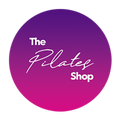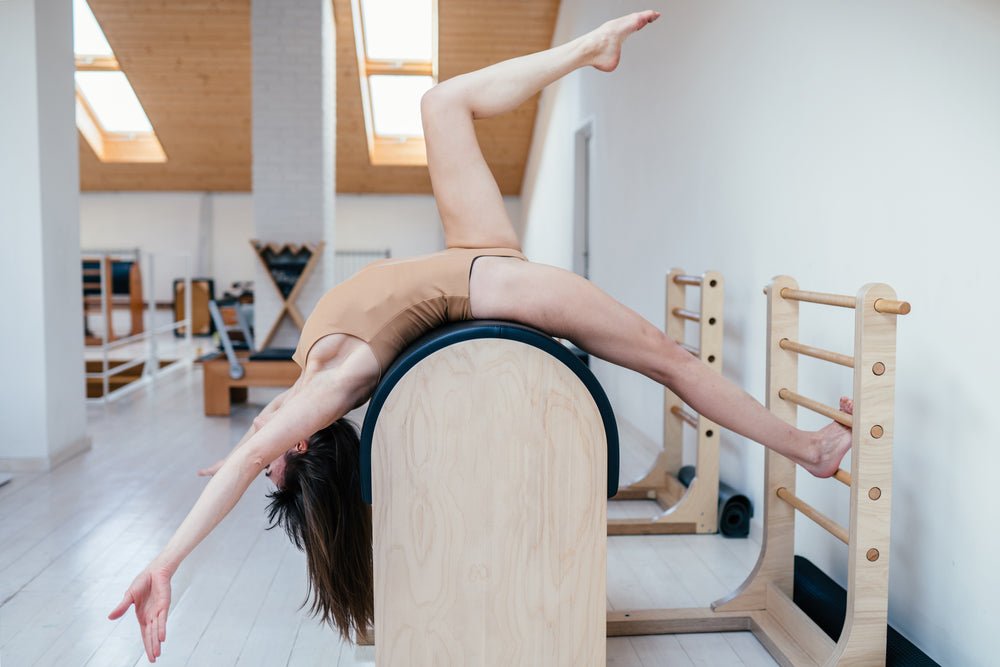Haven't see our part 1 yet? Read here.
Choose the right class level for you.
When you are choosing a reformer class, keep in mind that it is crucial to have the correct level of instruction. If you are a beginner, look for a class labeled as such. If you are an intermediate or advanced student and have been practicing for several months, make sure that your instructor is comfortable with teaching a group of mixed levels. Asking questions about what type of class it will be before signing up can help avoid any problems later on.
Identify areas of weakness, and strengthen them.
There are several ways to identify areas of weakness, and strengthen them.
- It's important to be aware of your body as you move through the exercises. If one side feels stronger than the other, or if one area doesn't seem to be working as well as another (like your abdominals), adjust accordingly.
- Know the difference between pain and discomfort; they're not the same thing. Discomfort is often an indication that something isn't quite right; pain signals a serious injury or health issue.
- Here's a helpful way to ensure you're using your breath properly: As soon as you begin each repetition (the time when you come up from doing a recline), take three deep inhales through both nostrils while remaining calm and focused on making sure everything is working properly throughout the entire range of motion. Then exhale slowly through both nostrils until all air has been expelled from the lungs before starting again from the seated position. This will help keep muscles relaxed while moving through ranges of motion with less effort; just remember not to hold onto your breath for too long because this can cause dizziness and nausea!
Practice control over your body, not the machine.
The reformer is a tool, not a crutch. Instead of relying on the machine's resistance for strength and stability, think about how you can use it to help you improve your balance and control over your body through small motions.
When using any Pilates exercise, emphasize using your abdominal muscles to activate your core. Do this by creating an imaginary line between the middle of each shoulder blade and then draw that line down toward your tailbone as though you're pulling gently downward on it with both hands. This will help align your spine in an optimal position to achieve optimal breathing while also engaging those muscles along with others around them which will lead to greater stability throughout all movements performed on or off the reformer machine itself!
Pilates is a powerful form of exercise, but it must be practiced with care and precision in order to be effective.
Pilates is a powerful form of exercise, but it must be practiced with care and precision in order to be effective.
Pilates is based on control, not strength. Unlike other forms of exercise that focus on building muscle power through resistance training or weight lifting, Pilates uses machines and non-weighted exercises to strengthen your core muscles while increasing flexibility and mobility. The reformer machine can be used as part of an overall Pilates workout or as a stand-alone piece of equipment for those who want to get in shape without spending too much time exercising.

